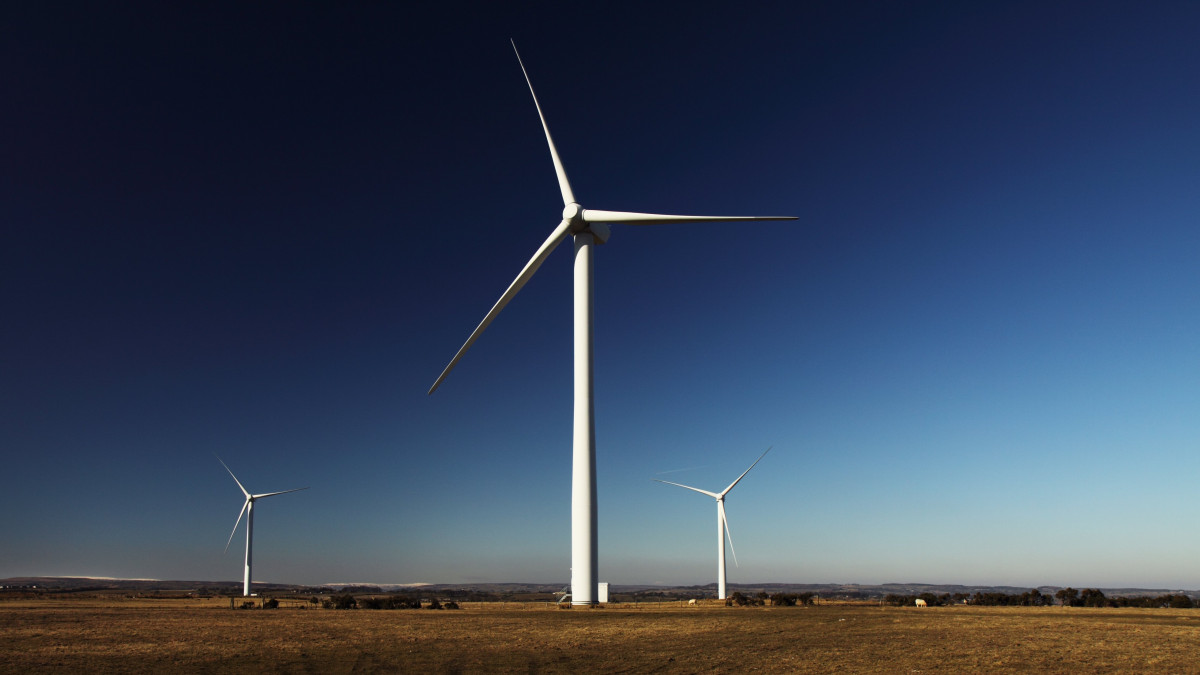COP26: An opportunity that we cannot miss
Juan E. Notaro
Executive President of FONPLATA – Development Bank
An old joke that is frequently recycled in the Latin American political environment is that of the ruler addressing his people and stating: “Yesterday we were on the edge of the abyss. Today we have taken a step forward!”
Unfortunately, when it comes to the threat posed to the planet by climate change, the abyss is real. UN Secretary General, Antonio Guterres, warned us about it a few weeks ago.
“We are on the edge of the abyss and moving in the wrong direction,” stated Guterres at the beginning of the General Assembly of the United Nations. Like the ruler of the joke, faced with the imminence of the void, the world seems ready to take a step forward.
Or maybe not. Just a few days before his gloomy prediction, Guterres praised, in a virtual event, the efforts made by Latin America “to reduce greenhouse gas emissions and adjust to climate change”.
Indeed, despite dealing with the social and economic effects of the COVID-19 pandemic, the region is promoting several initiatives to contribute to the goal of keeping the average increase in global temperature below 1.5 degrees Celsius.
The Renewable Energy for Latin America and the Caribbean (RELAC) Initiative and the Observatory of Energy Management Systems in Latin America and the Caribbean, with the support of climate finance sources, can help meet the energy and climate objectives of the region.
I have said it before: it is not only about doing the right thing for the planet; these initiatives are indeed creating new economic and employment opportunities that give meaning to this new “green” economy.
Even if the path of sustainability is the best for the planet, as well as profitable, why the warning from the UN Secretary General? Because we have to do more, much more.
To start, we have to work on feasible options for countries that base their economies on the extraction and sale of fossil fuels. Oil and gas will continue to be important sources of energy in the coming years, but it is important to start thinking about the transition.
But how to propose this change to the region of the world most economically affected by the pandemic and that suffers the most from the effects of meteorological phenomena accentuated by climate change, despite producing a minimal fraction of the gases that cause the greenhouse effect?
According to a recent article on the Climate Investment Funds’ blog (CIFs), a financing mechanism supported by five of the world's largest development banks and aimed at helping developing countries make that transition, change is possible.
CIFs experts point out that a transition towards renewable energies and energy efficiency “would open up long-term quality employment alternatives for both informal workers and those in the hydrocarbon industry, in addition to offering the economic and sustainability benefits of a deep decarbonization path”.
In addition to paving the way for more equitable and sustainable development, recent announcements such as those by China, Japan, and South Korea to stop funding the construction of new coal plants around the world are concrete steps by the developing world to move towards reduction of emissions.
When the UN Climate Summit (COP 26) meets in Glasgow, Scotland, in November, the most likely outcome will be a major global commitment to accelerate this transition to net zero carbon emissions into the atmosphere.
Our main energy buyers are changing, the world's major powers will agree on support, commitments, and, most importantly, funding for new sources of energy. And, as I said a few lines above, it is profitable.
If we add to this the fact that the transition to a cleaner world is also an opportunity for a better distribution of wealth and an unprecedented opportunity to preserve our rich biodiversity, it is clear that COP26 is an opportunity that we cannot afford to miss.
Let us hope so.
Text originally published in the monthly column of Huffington Post.
10/16/2021

